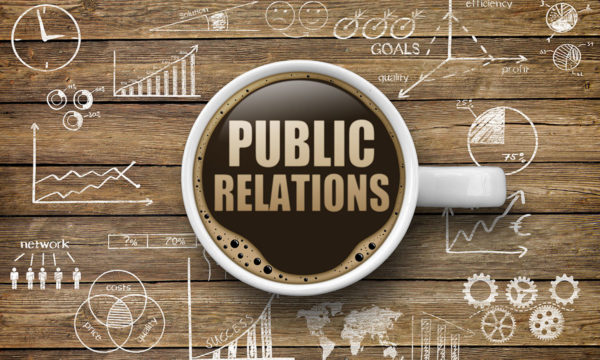The the third idea I use to help organizations create fundraising plans that raise more money is this:
Ask before a Need.
(You can find the first two ideas here and here.)
Put another way, you’ll raise more money if you appeal for funds right before your donors understand you have a need for funds.
To illustrate the principle, think of the classic “Back To School” appeal in the Education sector. Schools and Education Foundations routinely send “Back To School” appeals in September, after the students have already gone back to school.
We’ve helped maybe fifty schools and Education Foundations raise more money (with basically the same letters and emails!) simply by moving their Back To School appeals from September to late July or August.
Just by making the ask before a need, rather than after, they raise significantly more money. Usually between 1.5x and 2x more.
Here’s why “asking before a need” works so well. When an organization asks donors to help after you’re already helping your beneficiaries, you’re just asking donors to fund work you’re already doing. That’s not particularly exciting to donors.
When an organization asks donors to help before the Need arrives, you’re asking donors to play a powerful role in meeting the need right as it happens. That’s exciting to donors.
Specific Timing
So, if your beneficiaries or your organization experience a Need, schedule your Asks (appeals, e-appeals) before the Need.
In general, send your appeal letter about 6 weeks before the Need begins. If you’re running an email campaign, start it about 2 weeks before the Need begins. If you’re only doing a couple of emails, start them 2 or 3 days before the Need begins.
If you want to have the largest impact, do all three:
- Direct mail about 6 weeks before the Need begins
- An email campaign starting about 2 weeks before the Need begins
- Multiple emails in the 2 or 3 days before the Need begins
Next Year
As you plan your year, here’s what I want you to do:
- Identify the “Needs” faced by your beneficiaries
- Schedule your Asks before those needs
- Ask your donor to send in a gift to help meet the need
This simple shift will help you raise more money with the exact same number of communications you sent the year before.










